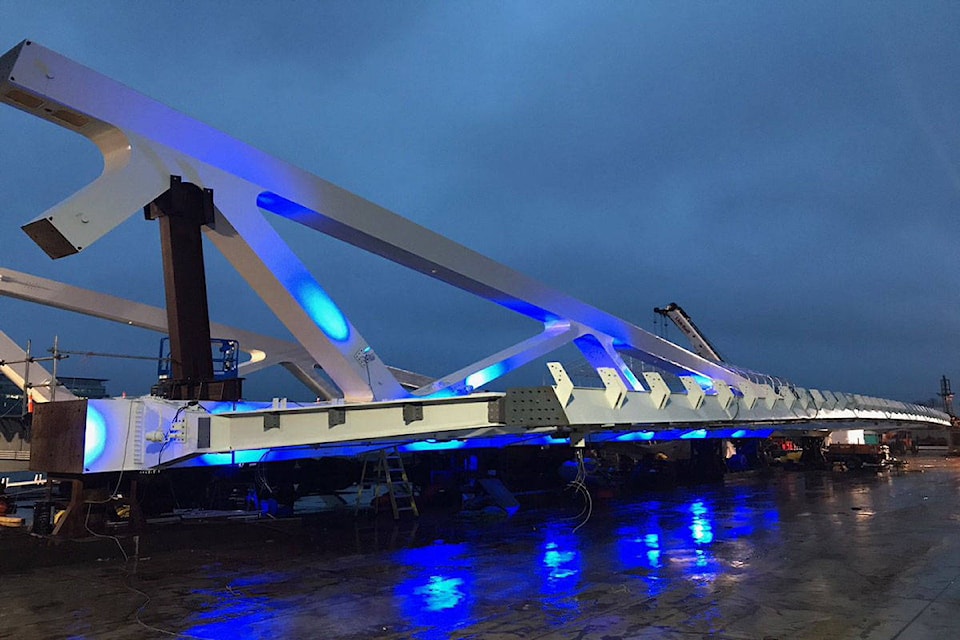Victoria Coun. Jeremy Loveday wonders about the impact the new Johnson Street Bridge might have. But not on traffic, pedestrians, cyclists or even marine traffic.
Loveday’s concern is for the fish in the harbour below. He recently asked what steps were being taken to address the unintended impact of lighting on the bridge on sea life.
“There have been studies done that show these lights can harm fish stocks and I’m concerned that this is something we need to take a serious look at,” he said last week during a committee of the whole meeting.
Specifically, he worried about the effect on salmon fry that migrate through the waterway at specific times of the year.
Bridge project director Jonathan Huggett has reviewed studies done by the U.S. Fish and Wildlife Service on Cedar Creek in Washington State, as well as other studies looking into this phenomenon.
“This is a real thing and it’s something I’ve studied at length as we were planning and constructing the bridge,” he said.
Huggett pointed out that not only could lights on the bridge affect the salmon, but all nearby light sources.
“We have the light pollution of the city in general, which is substantial, as well as moonlight, which we obviously can’t do anything about. The bridge lights will only be a part of that ambient city light. But we could follow the lead of other municipalities where, at specific times of the year, the lights on the bridge could be turned off.”
The problem, according to the Cedar River Study, is that salmon fry are vulnerable to predators that thrive in lit conditions, either through moonlight or artificial light sources.
“The seals aren’t stupid,” said Huggett. “It seems that they will line up and, when they can see the salmon fry coming through, they just go to town on them. The salmon fry, at the same time, have a sort of instinctual idea that they are in danger and will either stop coming through the area or try to swim as close to the shore as possible.”
Studies also indicate increased lighting may also attract other fish who like to feed on the vulnerable fry.
Huggett said there had been some consideration of light shields at the bottom of the bridge, but no plans are currently in place.
“We don’t want to hurt the salmon fry, certainly, but there are very limited times when this is going to be an issue, and it may be a lot more effective to simply turn off the lights during those times,” he said.
